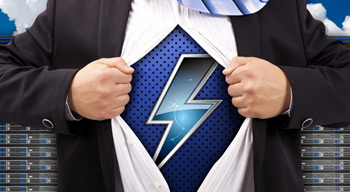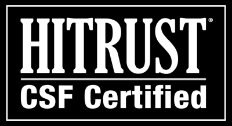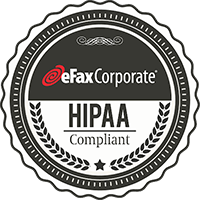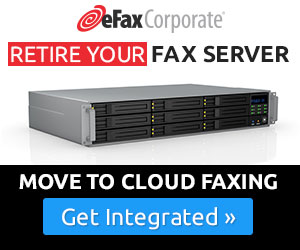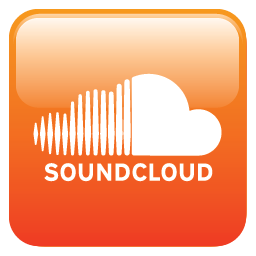Is your IT team spending more time and resources than you’d like handling an aging onsite fax infrastructure?
Maybe you’re in the discovery stages of upgrading your business’ faxing to a newer technology, and you want to learn about your options. Or maybe you’re already sold on the many benefits — and indeed there are many — of handing off your organization’s fax processes to a fully hosted cloud provider. But you’re wondering what the next step is, or how to make the case to your senior management.
You’ll find answers to those questions, and many others, in the new eFax Corporate white paper — The IT Manager’s Survival Guide: Outsource Your Fax Infrastructure to the Cloud (and Come Out Looking Like an IT Hero).
This white paper, which you can download here, will walk you through an objective view of the three primary types of enterprise fax architectures available today — the “private cloud” infrastructure, hybrid-cloud faxing, and the fully hosted, enterprise cloud fax solution. We’ll explain the benefits and drawbacks of each type of fax solution, so you can identify the right fax service for your organization.
You might be surprised when you read some of the drawbacks of maintaining an on-premises fax infrastructure — such as costs you’ve probably never associated with your company’s faxing, but nevertheless are impacting your bottom line every day. We’ll show all of these costs, with a detailed breakdown of the many components necessary to maintain your onsite fax infrastructure.
Questions you’ll want to ask any cloud fax provider before signing up for their service
If you’ve decided that a fully hosted, cloud fax model is the way to go for your company, we’ll help walk you through the next steps — including key questions you need to ask any would-be cloud fax provider. Among the list of questions you’ll find in this white paper are:
Can your solution integrate with our existing systems?
To ensure your transition to cloud faxing is as smooth as possible, you’ll want to give your employees as many convenient ways to fax as you can. That means integrating the cloud fax service with your SAP systems, for example, or with your existing Multi-Function Printers.
What types of security will you use for our faxes?
The key here is to look for cloud fax providers that can protect your faxes both in transit and at rest (in storage) with the highest levels of security available – such as TLS 1.2.
There are many reasons to migrate your business’ fax infrastructure to a cloud fax solution — increased productivity, enhanced security, reduced IT headaches and more. But before making any decisions, you need to be fully informed. This white paper is a great place to start.
You can read the full blog post here and download The IT Manager’s Survival Guide to Outsourcing Your Fax Infrastructure to the Cloud here.
Download Survival Guide
